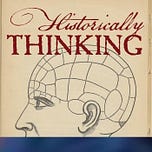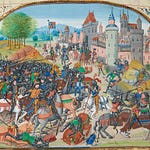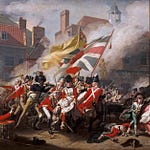Introduction
In antebellum and late 19th-century New York City, nothing could clear a street faster than the cry of “mad dog!” Rabies was perhaps the most feared disease of the era. Because animals and humans lived in such close proximity, even as New York was growing into a city of millions, that proximity meant that people always lived with a background dread of what might possibly happen to themselves or their children.
As Jessica Wang describes in her wittily titled new book Mad Dogs and Other New Yorkers: Rabies, Medicine, and Society in an American Metropolis, 1840–1920, rabies overlaps many areas of transformation in an age of transformation. Medicine, urban politics, urban geography, and cultural imagination all take their turn under her investigative gaze.
The result is not a history of a disease, but the history of a society at a particularly important moment in its self-creation.
About the Guest
Jessica Wang is Professor of History at the University of British Columbia. She has written widely on science, medicine, and politics in modern America. Her previous book is American Science in an Age of Anxiety: Scientists, Anticommunism, and the Cold War.
Discuss
👉 What do you think: are public health panics more about the disease, or the society confronting it? Share your thoughts in the comments.











